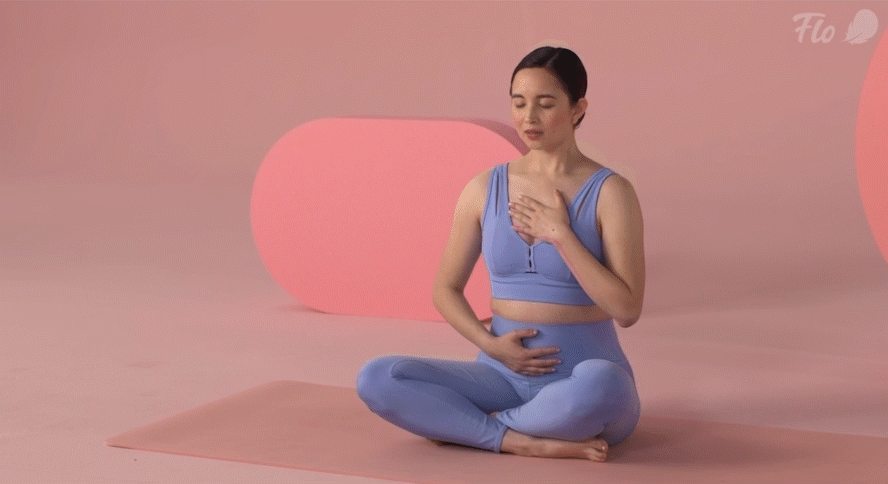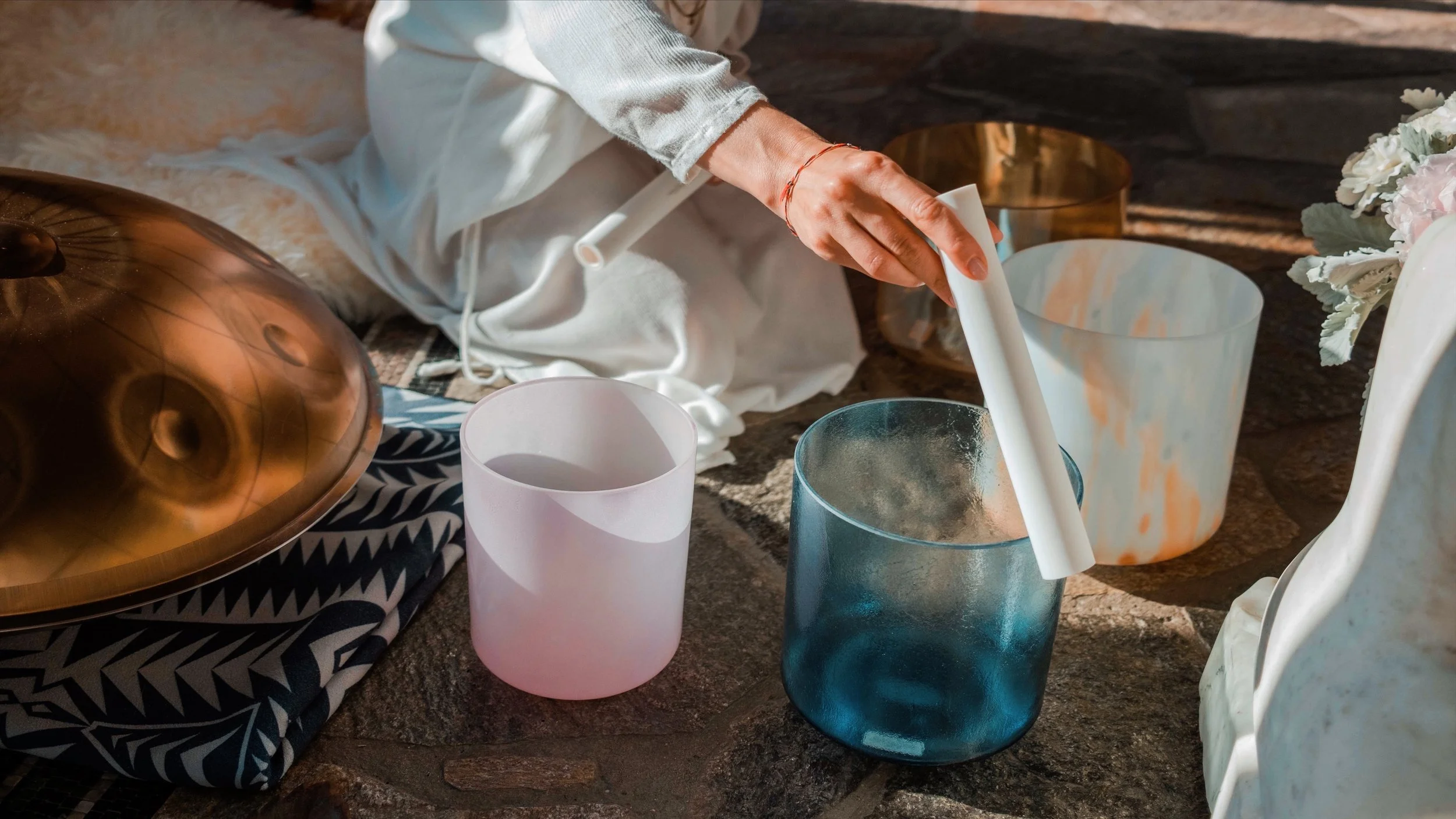Ep.4 Seb Egerton-Read: Circular Economy
With fast-pace development on the governmental level in European Union and China, circular economy and design are becoming the main global school of thought toward regenerative future. This is the first episode out of two-parts-interview with Seb Egerton-Read, Learning Programme Lead at Ellen MacArthur Foundation, an organization dedicated to circular economy development. In this episode we offer you an overview of what is circular economy, regenerative agriculture, circular fashion, and give examples at-scale and at start-up level.
Can you help us spread the word? We'd love you to rate & review in your favorite podcast app, and share this Episode on social media.
Sustainable Design podcast is available on Apple Podcasts, Spotify, Overcast, and majority of podcast platforms. Podcast Music: Mikalai Skrobat, IG: @mikalaislife.
Episode Links and Notes:
Ellen MacArthur Foundation (EMF) is a UK registered charity which aims to inspire and educate a generation to re-think, re-design & build a positive future through the framework of a circular economy.
EMF Educational Reports and publications.
Current economy is linear which is “take-make-waste” production.
CIRCULAR ECONOMY:
1) design out waste from the start
2) keep materials and products in use
3) regenerate natural systems
Provenance: a digital blockchain technology for recording physical products and materials, allowing to trace and verify its origins, attributes and impact.
“Material passport”: is a record consisting of all the materials that are included in a product or construction. It consist of a set of data describing defined characteristics of materials in products, which give them value for recovery, recycling and re-use.
INFLUENCES:
In 1976 research report to the European Commission in Brussels ‘The Potential for Substituting Manpower for Energy’, Walter Stahel and Genevieve Reday sketched the vision of an economy in loops (or circular economy) and its impact on job creation, economic competitiveness, resource savings and waste prevention.
Cradle to Cradle: is a sustainable business strategy that mimics the regenerative cycle of nature where there is no concept of waste. Developed by Michael Braungart and William McDonough.
Industrial ecology (IE) is the study of industrial systems operating more like natural ecosystems.
Biomimicry Institute is a non-profit empowering people to create nature-inspired solutions for a healthy planet. Developed by Janine Benyus.
EXAMPLES:
Renault is a French multinational automobile manufacturer, using circular remanufacturing practices (returning product to as-new-condition), saving 80% energy, 70% water cost in comparison with producing new parts. ( see EMF case study).
Phillips light-as-a-service is an intelligent lighting system subscription where Philips retains ownership of the product and materials enabling better maintenance, reconditioning and recovery.
Google is implementing a circular economy strategy at scale in managing the hardware inside its data centers. Some of applied practices are: maintenance, refurbishment/remanufacturing, redistribution/secondary market sales and recycling. These practices have resulted in hundreds of millions of dollars per year in cost avoidance. See full EMF cast study here.
Regenerative agriculture is a system of farming principles and practices that increases biodiversity, enriches soils, improves watersheds, and enhances ecosystem services.
Leontino Balbo Junior, the executive vice-president of the regenerative farm, Balbo Group, has developed harvesting equipment with low pressure tyres to avoid harmful compaction, that simultaneously cuts cane and shreds by-products returning them back to the soil imitating natural processes (see EMF case study).
According to a senior UN official, generating 1 inch of top soil takes 1,000 years, and if current rates of degradation continue, the world has only 60 harvests left. (Sources: Scientific American, BBC).
Make Fashion Circular: EMF drives collaboration between industry leaders and other key stakeholders to create a textiles economy where clothes are made from safe and renewable materials, new business models increase their use, and old clothes are turned into new.
1% of world clothing is being recycled into new clothing at the end of life. (Make Fashion Circular report).





